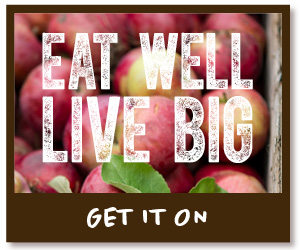|
"Should I buy organic or conventional produce?"..... Do you ever find yourself struggling with that question? Are you familiar with the Clean Fifteen and the Dirty Dozen? If you aren't, you should be, it may help answer that nagging question! It's a guide produced by the Environmental Working Group for consumers identifying the levels of pesticide residue in produce. The Dirty Dozen are just that, produce that has been identified to have the highest findings of pesticide residue and the Clean Fifteen produce have shown to have the least amounts of pesticide residue. To make shopping easy, I saved the picture below to my phone so it's easily accessible as a handy reference tool when grocery shopping. It helps me make produce decisions when organic produce is not available or the cost of organic vs conventional may be a factor. It has also allowed me to establish my non-negotiable organic produce list, for me when it comes to apples, strawberries or grapes, it's organic or nothing. Being an informed and aware consumer allows you to make the best choices for you and your family. That being said, a conventional apple will always be better than a bag, bowl or plate of processed or pre-packaged junk food! Remember it's all about a healthy lifestyle not a diet. Every time you eat is an opportunity to nourish your body! Below is a summary of the findings, provided from the EWG's website, click here to read the whole report or see the full list click here. Thanks to Environmental Working Group for the picture and information Highlights of Dirty Dozen™ 2015 Source: EWG's Shopper's Guide to Pesticides in Produce™." EWG's 2015 Shopper's Guide to Pesticides in Produce™. Web. 19 Mar. 2015.
11 Comments
Choosing a salad over another food option tends to resonate with "healthy food choice," and packed with local, organic or right out of your garden nutrient dense leafy greens, colourful veggies, some healthy toppings of perhaps fresh fruits, raw seeds and nuts or maybe some other form of lean protein, you do have yourself a pretty healthy option....until you reach for the dressing! What are you using to dress that salad? Could your salad dressing or vinaigrette be a healthy meal sabotage? Store bought versions are often made with less quality oils, filled with additives, preservatives, artificial colours, flavours, added sugars, calories and unhealthy fats. Have you stopped to look at the ingredient list of your favourite store bought dressing? Here's a quick look at what you might find! Oils A look at the ingredient list and you will quickly see that one of the top two or three ingredients in most dressings is usually oil. The majority of store bought salad dressings use cheaper and less flavourful canola oil, soybean oil or a combination of vegetable oils as their main ingredient. Vegetable oils are highly processed. Corn and soybean are also one of the highest GMO (genetically modified organism) produced crops and these crops are grown using large amounts of pesticides, Unfortunately, the bulk of oils used in non-organic dressings comes these crops. The effects of genetically engineered crops have never been tested for their impact on human health! Preservatives Potassium Sorbate, or Calcium Disodium EDTA are chemical preservatives found in salad dressings. These preservatives are used to extend the shelf life of the product, inhibit microbial growth, and slow oxidation of fats and lipids (keeps the oils from going rancid). Artificial Flavouring or Flavour Enhancers You probably know monosodium glutamate by it's more common name, MSG, it is the controversial flavour enhancing substance found not only in dressings but many food products. People can experience a sensitivity or reaction to MSG with symptoms including migraines, blurred vision, nausea just to name a few. MSG is a brain excitotoxin, it excites your taste buds and can make bland food taste wonderful. Unfortunately spotting MSG on an ingredient label can sometimes be tricky as it can be listed under other names such as ajinomoto, anything autolyzed, calcium caseinate, anything hydrolyzed, malt extract, anything protein, sodium caseinate, yeast extract, vetsin. Additives Xanthan Gum is a common additive found in salad dressings for thickening purposes. Xanthan gum may be derived from a variety of source products that are themselves common allergens, such as corn, wheat, dairy or soy. (1) Helpful Tips
Making Your Own Dressing Alternately, making you own dressing or vinaigrette at home is quick and easy and you control the ingredients that go into it. It's fridge life isn't as long as store bought bottles but the small batches and flavourful taste, I am sure it won't last long in the fridge! I often like to whip up just enough for my meals, keeping it fresh and different each time! Use your imagination and the guide below as motivation to create a dressing at home! Looking for extra inspiration check to see if your city has an olive oil and balsamic bar and try using infused Extra Virgin Olive Oil and Balsamic Vinegars to enhance the flavours. I enjoy visiting our local establishment Dressed By an Olive....their Blood Orange Olive Oil matched with the Cinnamon Pear Balsamic mixed with a little organic Dijon mustard, a pinch of sea salt and a dash of fresh black pepper, delish!!! I love making this combination and enjoying it over a bed of organic spinach, topped with raw chopped pecans and organic strawberries!! ........Think I am off to make a salad!!! Happy salad dressing creating!! [1] Allergy Info Xanthan Gum. Wikipedia.org. Retrieved 2014-07-12 Share your Thoughts? Got a favourite homemade salad dressing recipe you want to share? Store-bought salad dressing defenders? |
Welcome!Join me on the journey to nutritional knowledge and a healthier lifestyle! Archives
March 2015
Categories
All
|
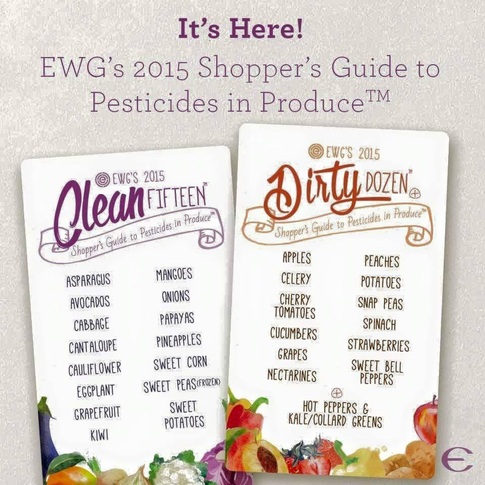
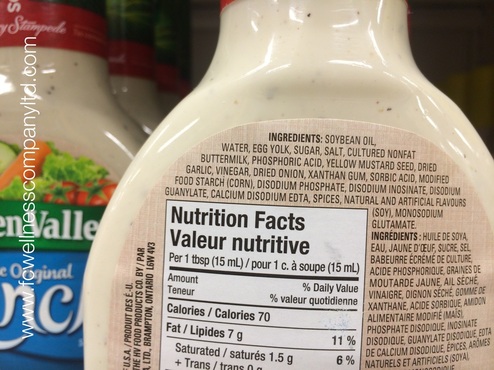
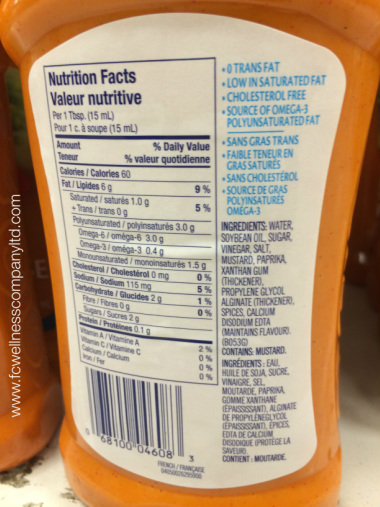
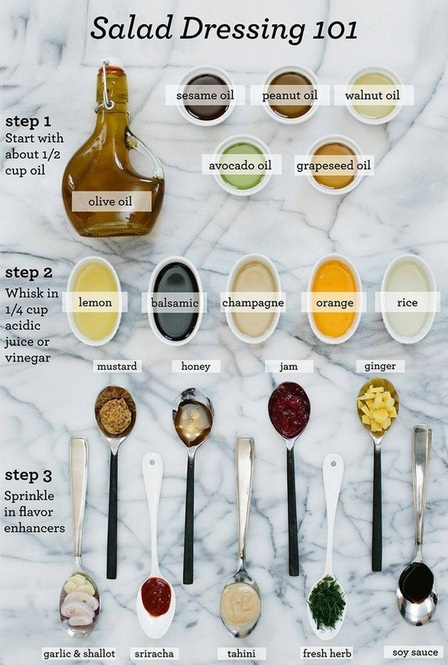

 RSS Feed
RSS Feed
